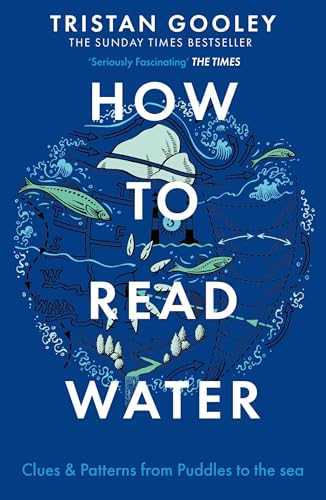
How To Read Water: Clues & Patterns from Puddles to the Sea

(A knot is one nautical mile per hour and a nautical mile is 1.15 normal miles.)
Tristan Gooley • How To Read Water: Clues & Patterns from Puddles to the Sea
Red marks show the port side (left) of the channel and green marks show the starboard side (right) of the channel. The key thing to remember is that buoys are set out with regards to shipping that is returning from the sea to land, not heading out (this is true for most of the world except the Americas and Japan, where it is the other way round).
Tristan Gooley • How To Read Water: Clues & Patterns from Puddles to the Sea
The convention is for wind directions to refer to the direction they have come from, but for water currents to be described in terms of the direction they are heading towards. A westerly wind therefore creates an easterly current.
Tristan Gooley • How To Read Water: Clues & Patterns from Puddles to the Sea
Flotsam is the floating parts of a ship or its cargo that has been shipwrecked; jetsam is anything that has been deliberately thrown overboard – i.e. jettisoned; ligan is wreckage lying on the seabed, often marked by a buoy for retrieval, and derelict is cargo lying on the seabed that is unretrievable.
Tristan Gooley • How To Read Water: Clues & Patterns from Puddles to the Sea
The photographer, Brian Podolsky, captures the world seen through the reflections in puddles, an art he calls ‘puddleography’.